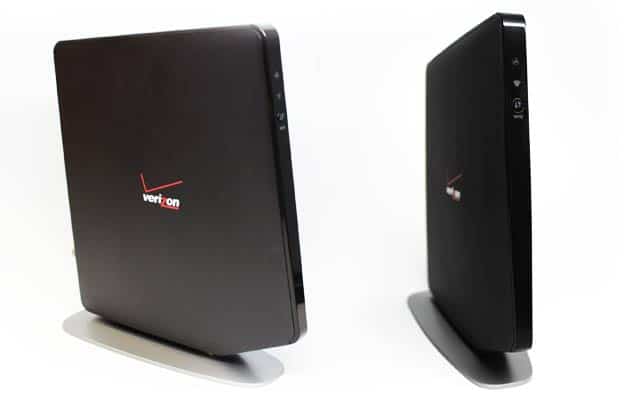How to Cycle a Router

Table of Contents
All devices need to cycle after a while of use. It can help them to fix their temporary issues for better performance or functioning. When it comes to internet routers, they need cycling too. This helps them refresh themselves when being used for a continuous longer period. So, what exactly is a router cycle? Does it help to cycle it? Continue reading to learn more about cycling.
What is a Router Cycle?
A router cycle is the same as a power cycle. Like in power cycling, we turn off any electrical device from its main power supply and then turn it back on. Similarly, turning off an internet router from its main supply and reconnecting the device helps it to refresh so it can function better.
Since most electrical devices are a combination of both hardware and software. Similarly, a router can overheat or overload due to heavy information or traffic. This can further affect its performance to slow it down. Mostly, when an internet router isn’t working correctly, even your ISP will suggest you cycle the router. Cutting off the power supply refreshes the router’s internal memory to work like a new device.
However, one thing to note is that when you are cycling it. Make sure to pause it for at least 15-20 seconds. A sudden on-and-off action may not work well for the intended purpose, and you may end up with no benefit. So instead, follow the below steps for your router’s cycling:
How to Cycle a Router – step-by-step
Step
Power supply
Cut off the main power supply of the router.
Step
Unplug
Unplug all the wires and cables connected to the router.
Step
Wait
Wait for at least 15-20 seconds before putting them back in.
Step
Plug in
Plug the router back into the main power supply and give it a minute or two before turning it on with the router’s power button.
Step
Wait for lights to turn on
Before starting a connection test, wait for all the lights to start blinking and working.
Step
Connect and test
c
Conclusion
Cycling a device can always help before moving on to the bigger final step. Unfortunately, we mostly blame the router when it’s slow without noticing that they even require a short rest or reboot to perform better. So, next time you face instability with your router’s performance, try cycling it to see if it helps before making a complaint or a replacement.
